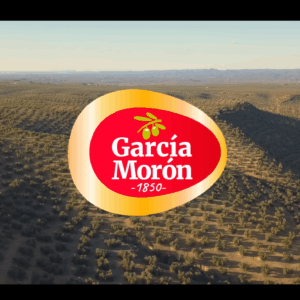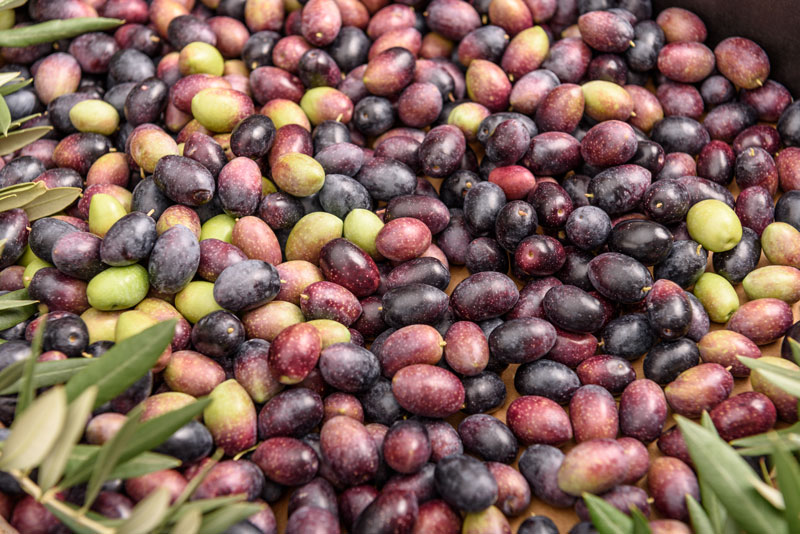

- Publicado el
Picual olive tree
The name picual is due to the shape of the olive, which has a small pointed end. This variety of olive tree is the most widely used in Spain, with an area of more than 900,000 hectares, where it is mainly found in Andalusia, in Cordoba, Seville, Jaen and Granada. This olive tree is also known by other names such as Fina, Nevado Blanco, Morcona, Lopereño, Corriente, Temprana, Nevadillo, Jabata, Nevadillo Blanco, Salgar, Blanco, Picúa, Nevado, Marteño and Andaluza.
Its use is due to the fact that it is a very frost-resistant variety, with short branches, a very strong tree, although it does not adapt well to very chalky soils and long droughts. But what makes it more widely used is its early production, the quality of the olive oil it produces and the ease with which it can be cultivated. Its oil tends to be one of those that lasts longest in containers as it is resistant to oxidation.

In addition, its oil is often used for blending with other oils from other less stable varieties, such as with olive oils from Arbequina, Hojiblanca or Picudo olive trees. Another property of olive oil from the Picual olive tree is that it contains high levels of oleocanthal, which is an anti-inflammatory, anticarcinogenic and antioxidant.
The oil of this variety also has a high content of oleic acid (78%), which reduces bad cholesterol (LDL) and increases good cholesterol (HDL), it also has a hypotensive effect which means that it reduces blood pressure. Other benefits are that it reduces insulin resistance, reduces the risk of rheumatoid arthritis and increases defences by increasing the development of lymphocytes and their activation.
The size of the fruit it produces is medium to large with a weight of 3.2 grams and a high production yield of up to 27% of its weight. Its elongated and medium sized leaf is whitish in colour. The olive of the Picual olive tree is not used for table olives, as its quality is much lower than that of other varieties of olive trees such as the Manzanilla Cacereña olive tree.
The Picual olive tree is the most profitable olive tree species for traditional cultivation. Its production is fast, from the moment it is planted it can produce good harvests in about 5 to 6 years if it is properly watered and pruned. It is also very easy to harvest as it has a low resistance to the detachment of the olives when the harvesting means are used, however, the olives do not usually fall to the ground naturally and remain well on the olive tree.
The uses of olive oil from a Picual olive tree are usually for breading, frying, breading or any other use where the olive oil is at a high temperature. To make long stews. As a preservative for meats, cheeses, sausages and more thanks to its high stability. To dress salads and for breakfasts with toast with natural tomato. These are some examples of where this type of olive oil can be used for cooking.





